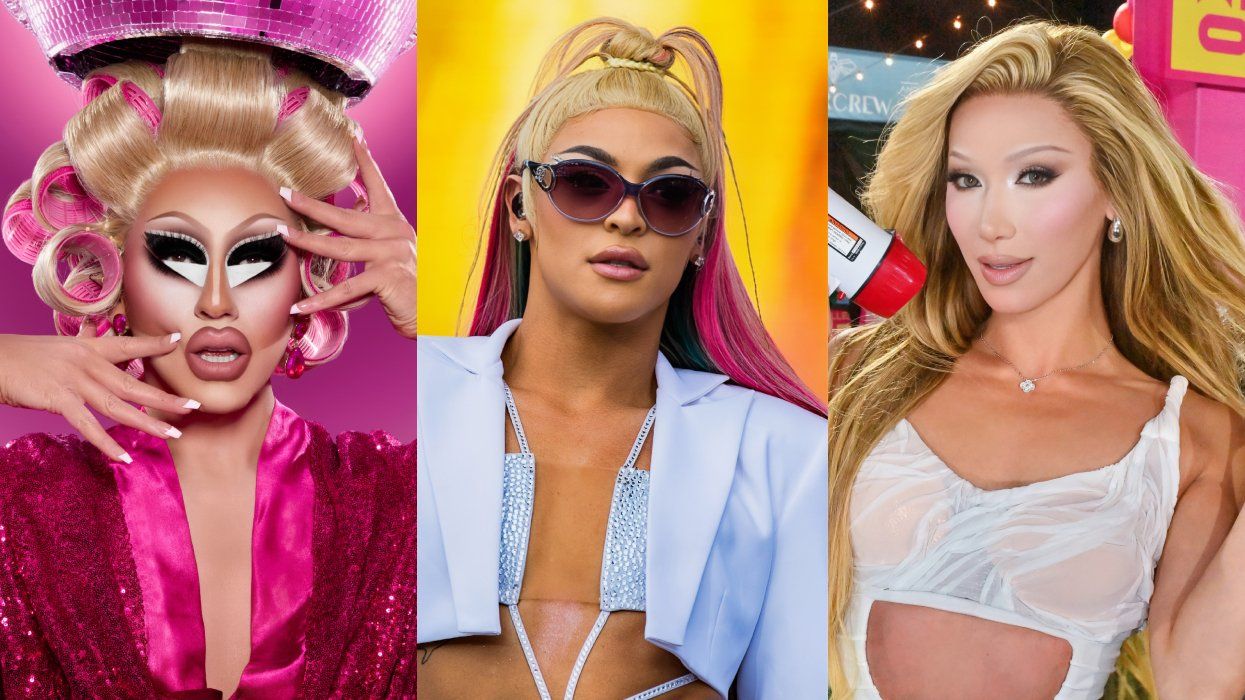CONTACTStaffCAREER OPPORTUNITIESADVERTISE WITH USPRIVACY POLICYPRIVACY PREFERENCESTERMS OF USELEGAL NOTICE
© 2025 Pride Publishing Inc.
All Rights reserved
All Rights reserved
Scroll To Top








By continuing to use our site, you agree to our Private Policy and Terms of Use.
Comparing Masc Queers to Mexican Lucha Libre
After Portland-based artist Eddie Garland came out in 2014, his work increasingly shifted toward examining the queer identity, masculinity and sexuality. "I specifically wanted to confront the hostile environment of gay hook-up apps, like Grindr and Scruff, and the internalized homophobia and racism that flows through them," he said.
Related | Artist Creates Glory Hole Sculpture From Headless Grindr Profile
Having grown up in Illinois' small, rural towns, Garland became familiar with an oppressed LGBTQ community, where local queers were largely ashamed of their sexualities and feared public opinion. This climate was reflected in the apps, with discreet profiles of men who're more willing to flaunt their fully naked bodies than their faces. Others, Garland noted, projected hyper-masculine, athletic identities to embody a "straight-acting" archetype--"an extremely prevalent term that I find to be as offensive as it is nonsensical," he said.
Through a series of multi-media images, called masc, Garland draws parallels between "straight-acting" Grindr culture and the exaggerated professional wrestling characters of the WWE. He expanded on this examination, considering the anonymity that typically pervades hook-up apps and pulling inspiration from Mexican lucha libre masks. Beneath their intimidating masks--or mascs--is a completely separate identity that relies on these facial shields as a crutch for success in the ring, much like incognito Grindr users.
This week, OUT will be looking back at Grindr's 8-year legacy since the gay hook-up app first launched on March 25, 2009. Through a series of stories and images, we'll investigate where we came from to know where we're going.
Artwork: Eddie Garland

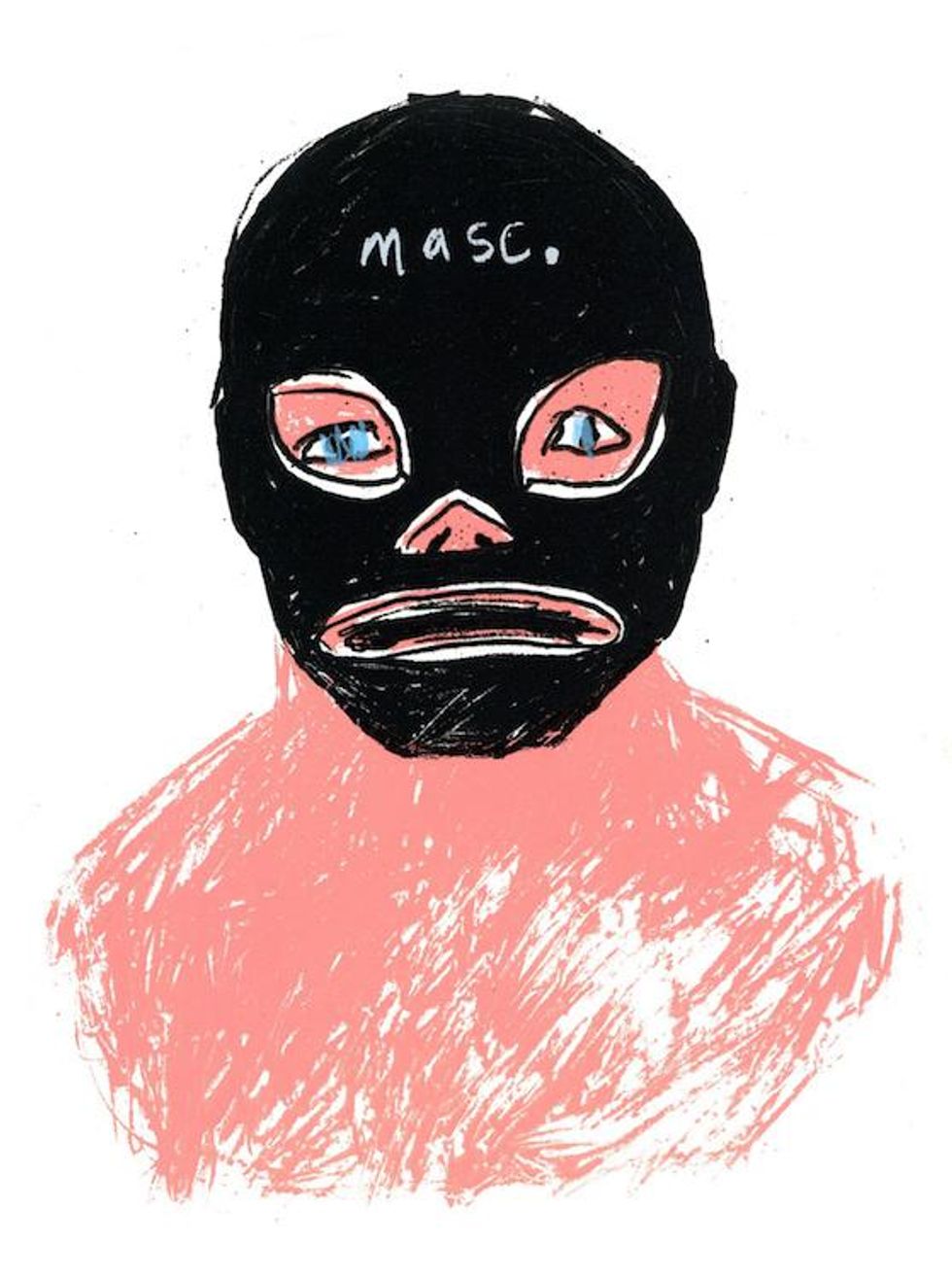
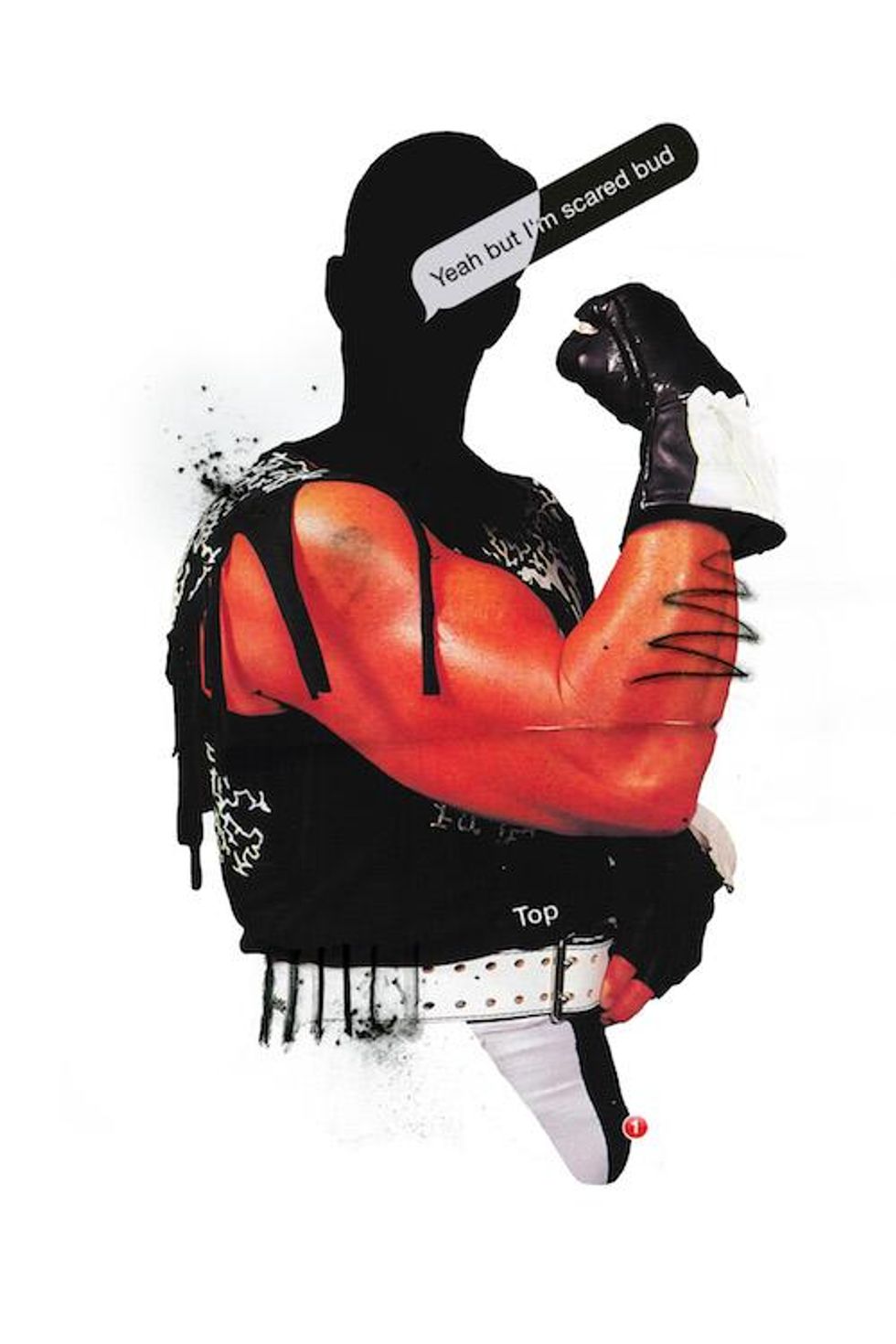
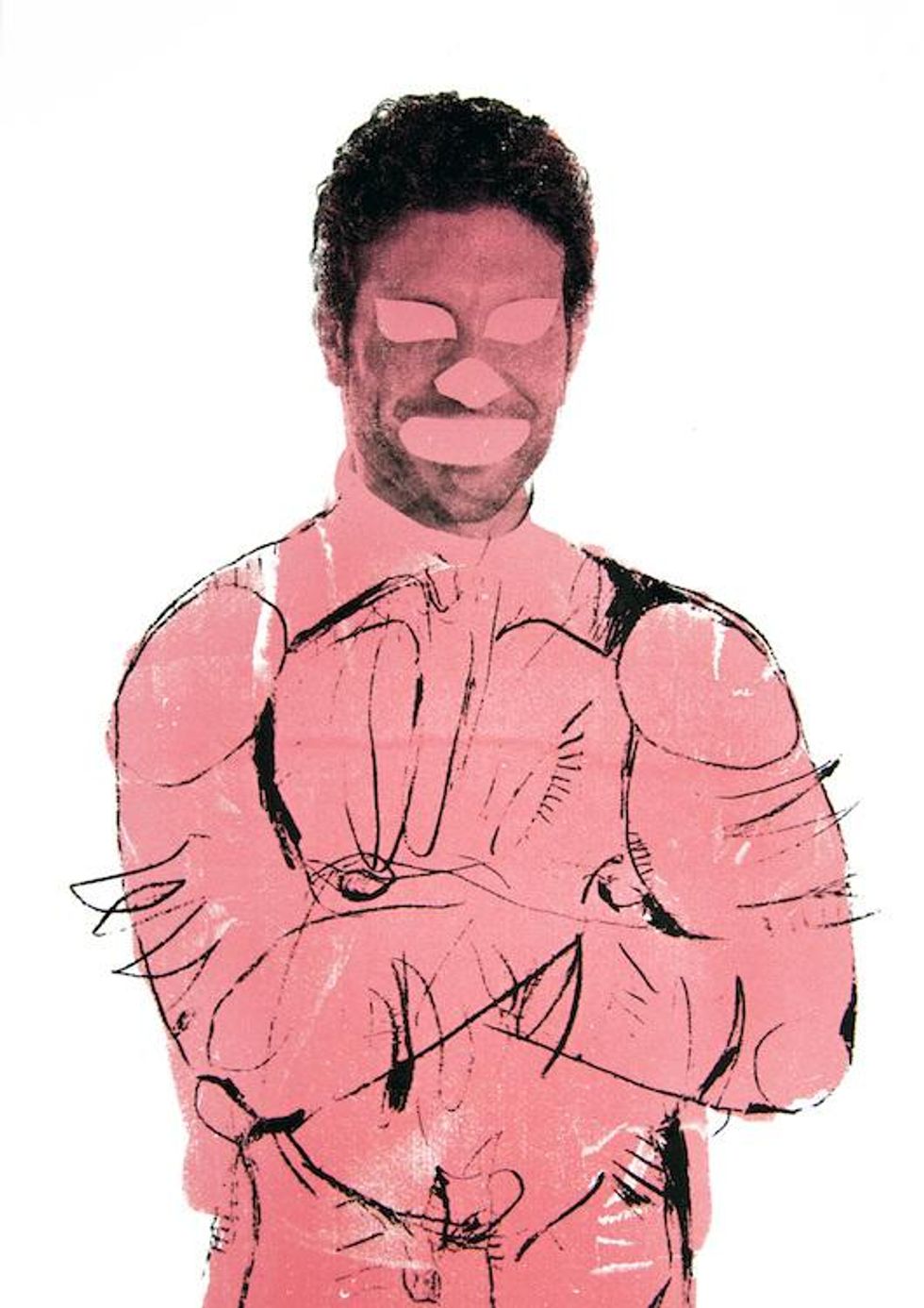
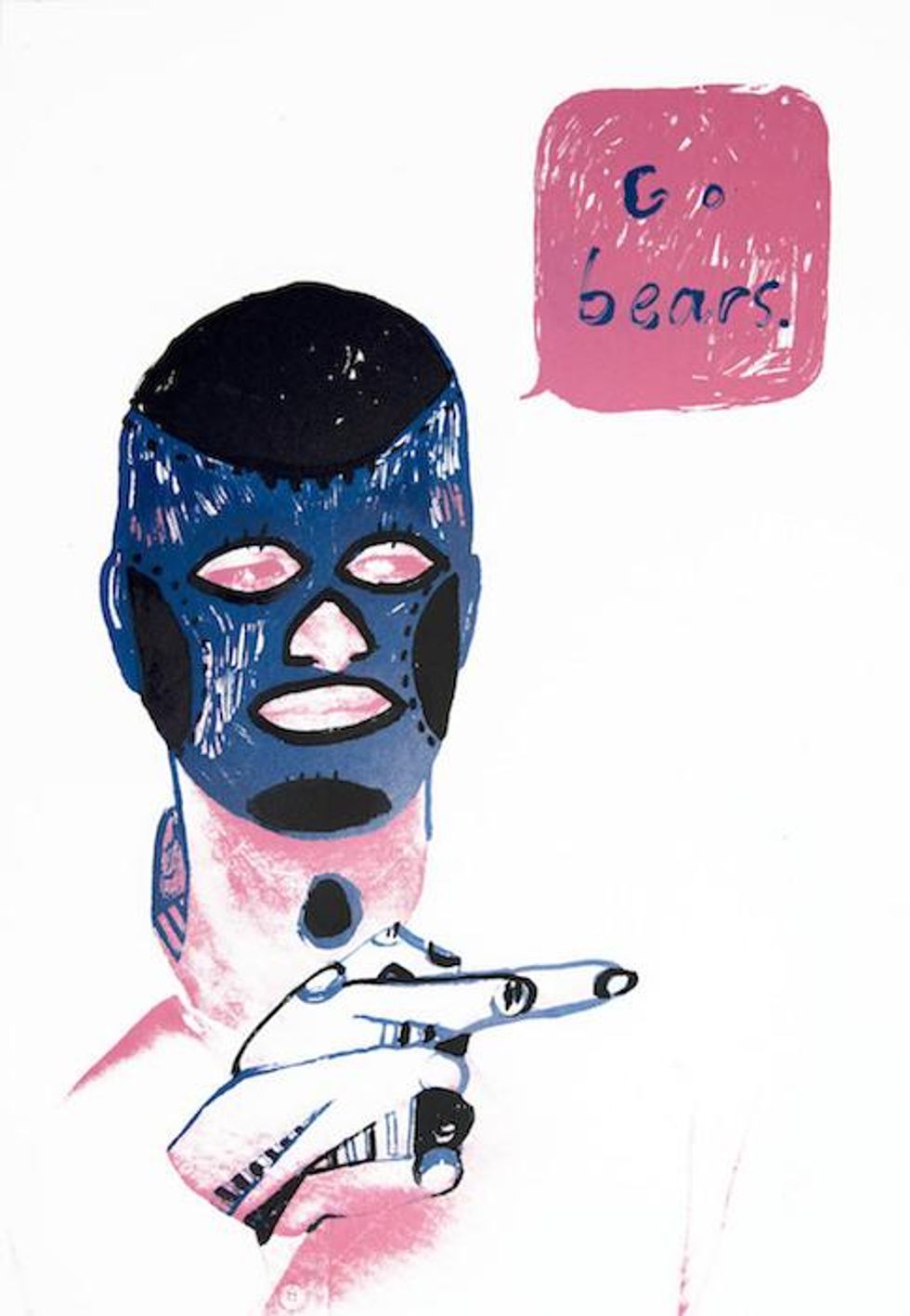
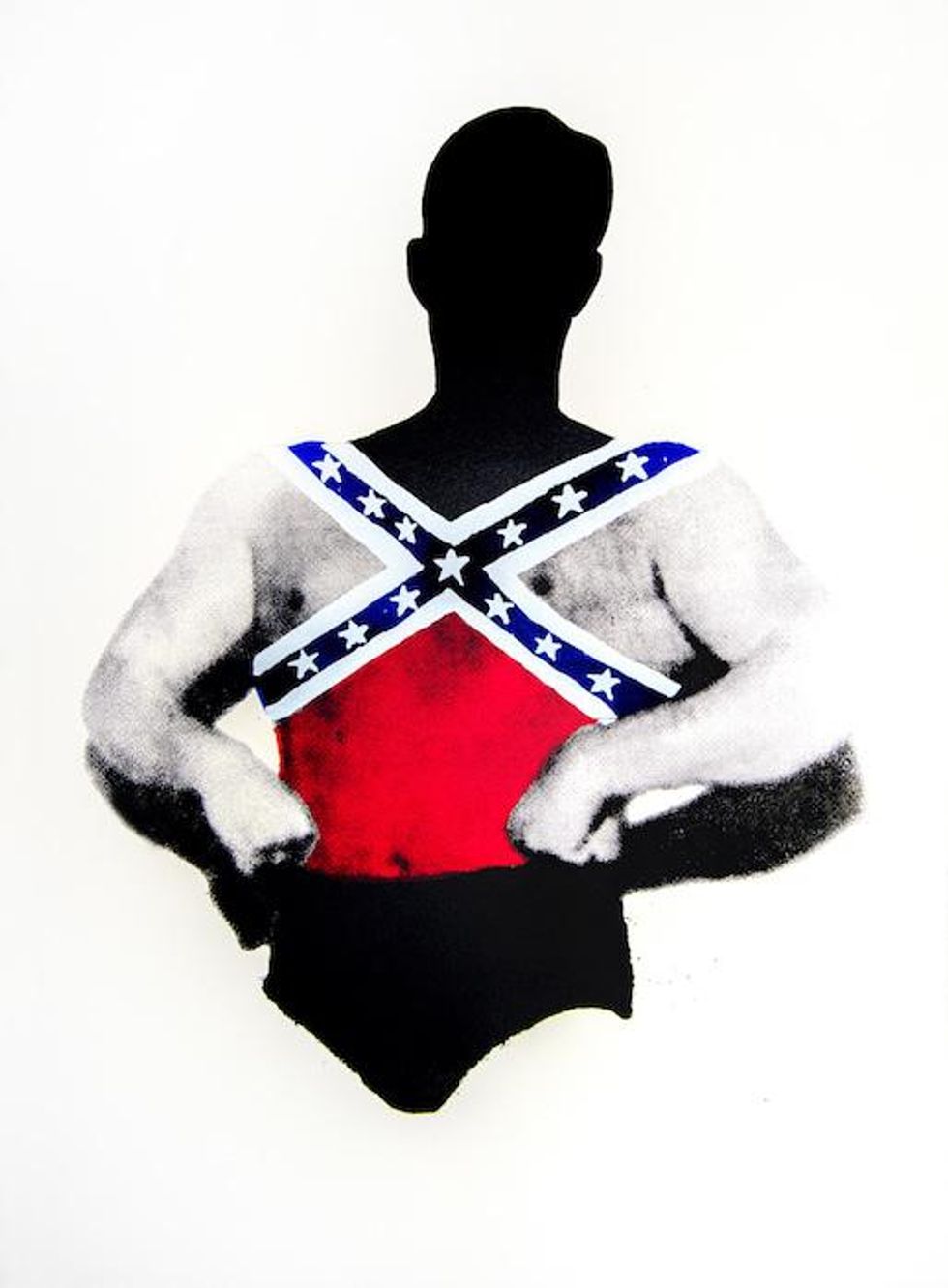
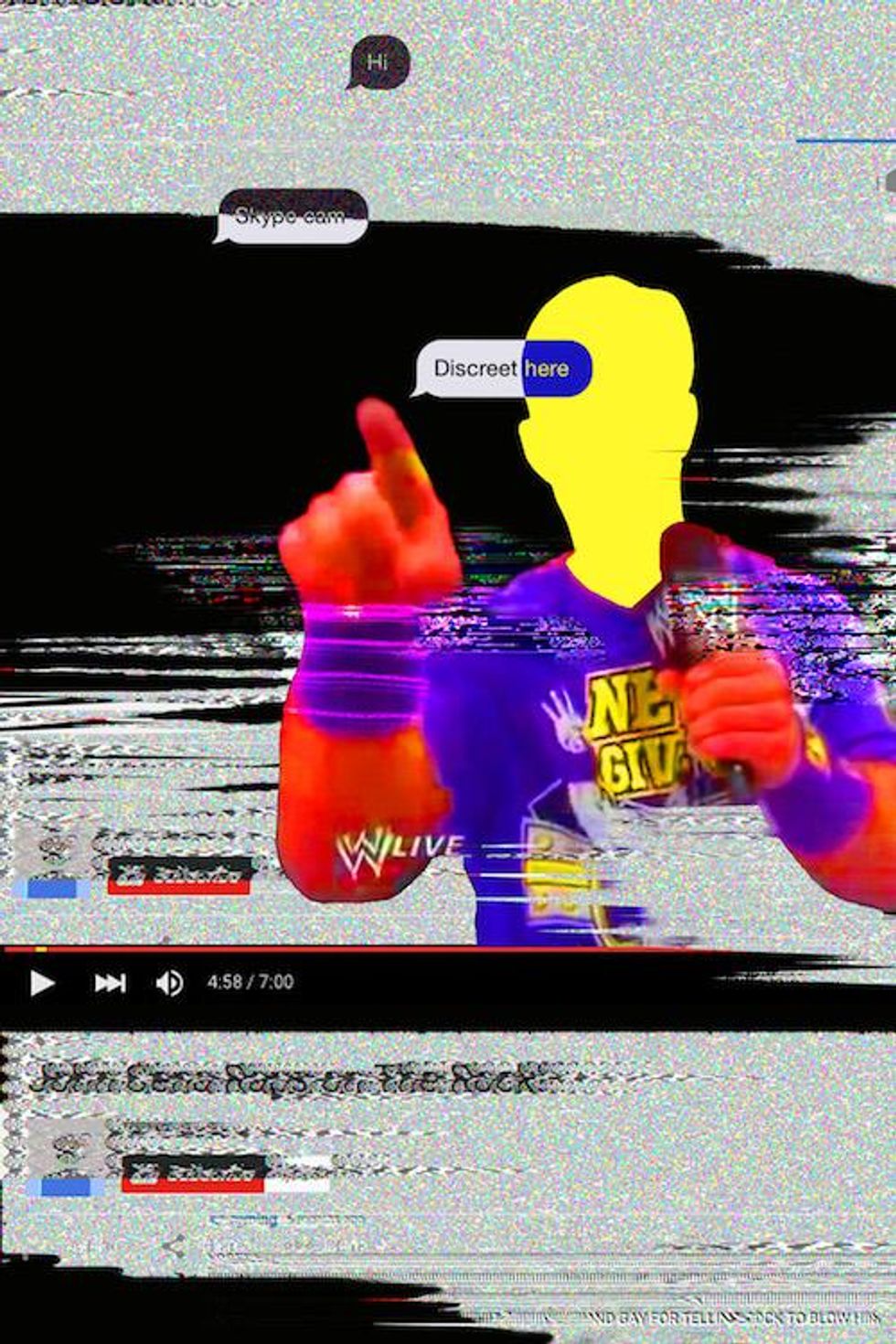
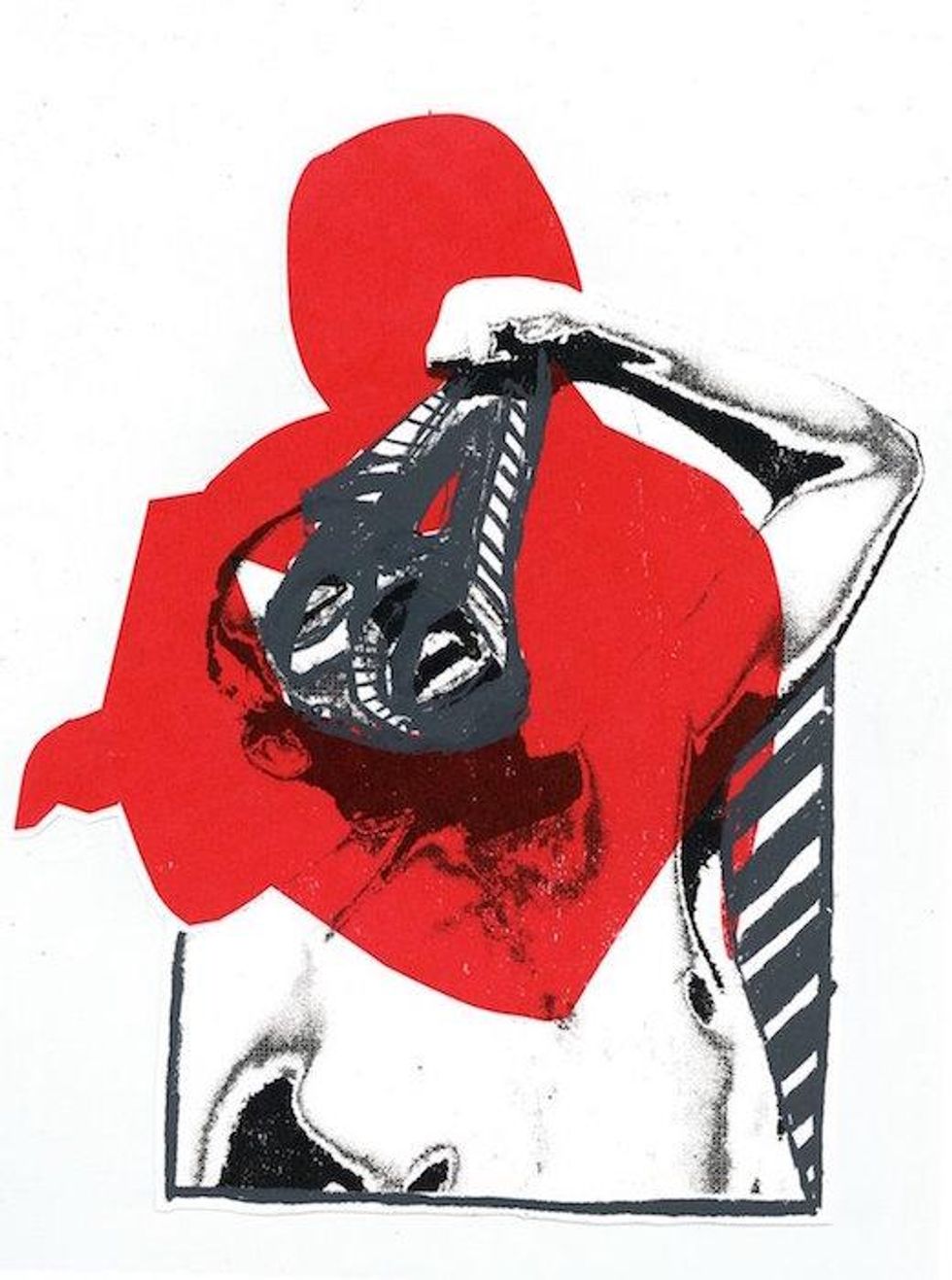


 Replay Gallery
Replay Gallery 